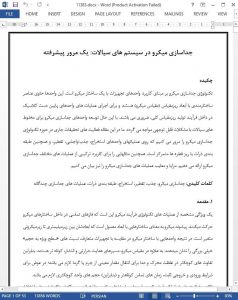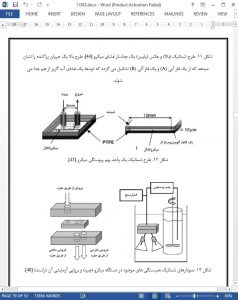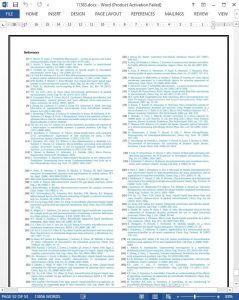Abstract
Micro-separation technology is based on the application of micro-structured equipment units. Such units contain structured elements with micro-scale dimensions. They are necessary for the implementation of classical downstream unit operations within the overall micro-scale production process. However, the development of micro-separation units for fluid mixtures faces substantial difficulties. This article gives an overview of current research activities in the field of micro-separation technology focusing on the unit operations extraction, absorption/desorption, distillation, as well as particle or droplets sorting. In addition, some examples are given for a combined application of different micro-separation operations. Both advantages and limitations of micro-separation operations are highlighted.
1. Introduction
A characteristic feature of micro-process technology operations is that the contacting phases move through micro-structures. The prefix ‘‘micro’’ denotes structures with typical dimensions varying between sub-millimeters and sub-microns. Consequently, compared to conventional equipment, micro-structured units reveal extremely large specific surface-to-volume ratios. Moreover, at micro-scale, diffusion and heat conduction paths are shorter. Therefore, lower driving concentration and temperature differences are required for the transfer of a certain amount of mass or heat; alternatively, for fixed inlet and outlet conditions, shorter contact times and thus smaller unit volumes are necessary.
7. Concluding remarks
This review provides a summary of existing trends and developments in the area of micro-separation technology. We largely focused on the description of units and methods, seldom giving any quality evaluation. The reason is that micro-separation technology is very young, and much more investigations are required for any reasonable quality assessment.
The literature survey shows that, both for liquid/liquid and for gas/liquid contacting phases, two basic ways towards setting-up separation units or modules in counter-current mode can be distinguished:
� A direct phase contact in co-current mode and an arrangement of the co-current flow modules towards the overall counter-current mode. The contact process can be intensified by introducing packings or membranes into the micro-structured devices as dispersion medium.











